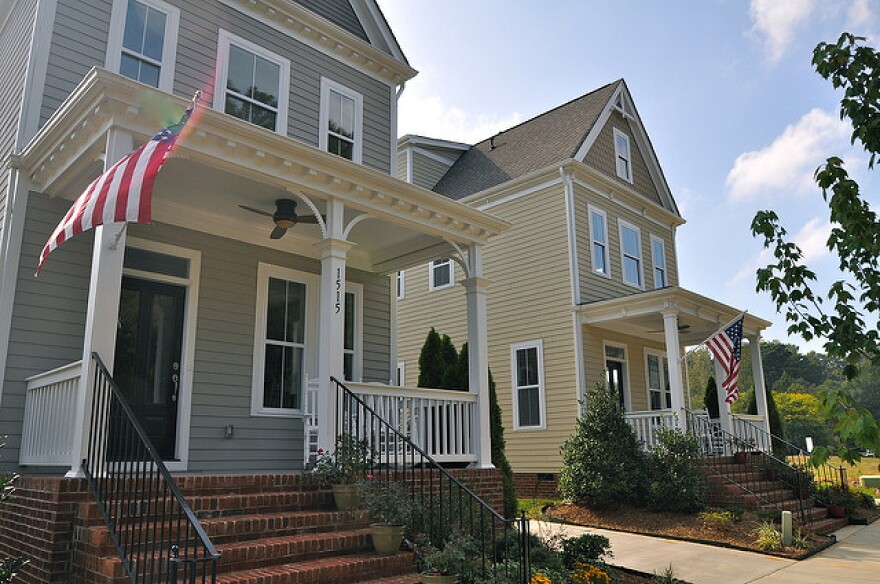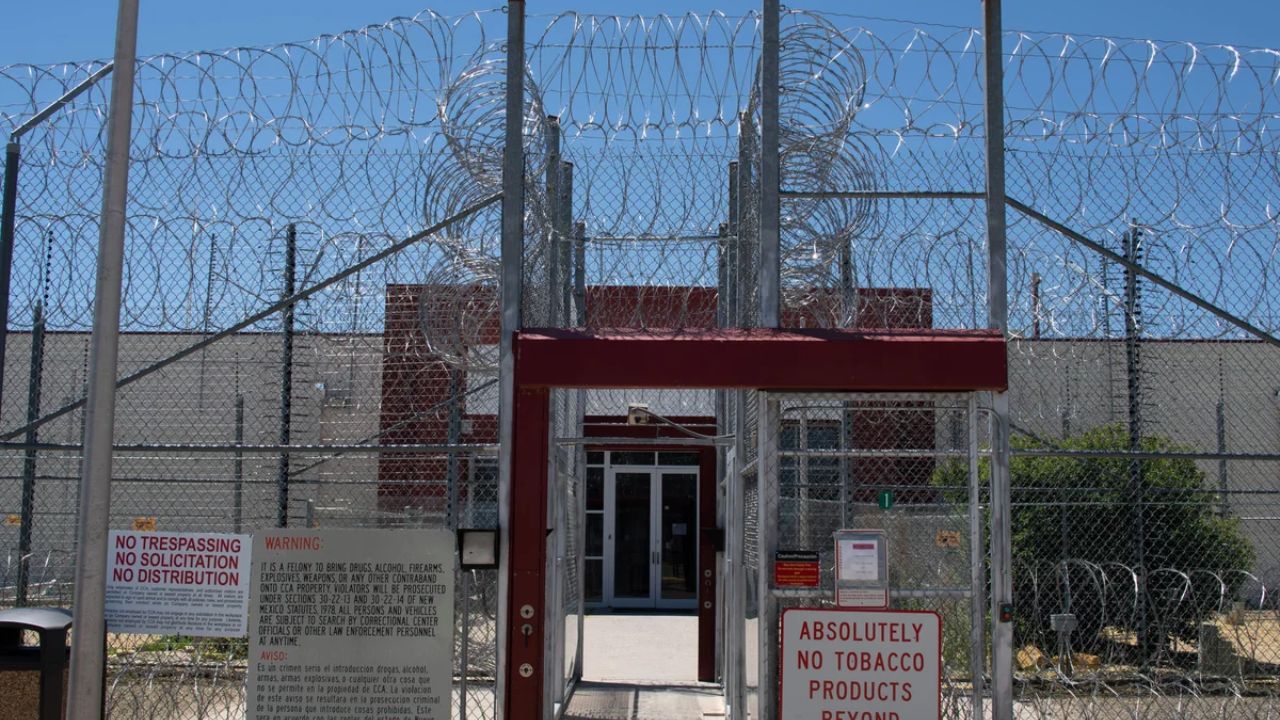Charlotte’s story is still one of progress, but some of that growth and stratospheric property prices may be cooling off as the economy struggles. However, there is reason to be optimistic, since the most recent figures show that several classrooms’ worth of individuals move here every day. Tony Mecia from the Charlotte Ledger Business Newsletter joins me for our BizWorthy segment to discuss this and other business stories.
Terry Marshall:In June, Charlotte real estate values took an odd turn. The Canopy Realtor Association reports that they fell for the second consecutive month. Is the market cooling as a result?
Tony Mecia:According to several realtors, it appears to be cooling somewhat, and the data seems to support that. In June, the median price of a home sold in Mecklenburg County was $467,000. Although it is 2.7% lower than a year ago, it is still clearly not inexpensive.
It had dropped 1.7% from the prior year the month before. This comes after property prices rose steadily for almost 18 months. According to some realtors I spoke with, it might be a reflection of a summer slowdown. They suggest that since fewer individuals are looking at homes, the market may be stronger for buyers now than it was in the past.
Terry:There is more to real estate development than meets the eye. Let’s discuss a development pertaining to the church. It seems that the Charlotte Catholic Diocese is delaying its plans for a new cathedral. What’s causing that? And where will the cathedral be located?
Mecia: The western portion of North Carolina is home to 46 counties that are part of the Catholic diocese. Because the current cathedral at St. Patrick’s in Dilworth is somewhat small, plans to build a new one were unveiled about a year ago. They still hadn’t revealed the location of the cathedral. They came to the conclusion that it would be very expensive.
It will cost roughly $100 million. And the Vatican reportedly warned, “Hey, you might need to slow that down,” when they checked in with them. As an alternative, they are considering a capital campaign to raise up to $150 million, which would be used to address problems across the diocese. The cathedral project would then be somewhat relegated to a lesser priority.
Terry:To increase support for a sales tax increase to finance transit initiatives, the Charlotte Regional Business Alliance is putting up a multimillion-dollar campaign. It is anticipated that the referendum on that will take place in just over three months. What is the CRBA doing to support the referendum and what is known about its prospects?
Mecia: Commercial According to a story from North Carolina this week, the Charlotte Regional Business Alliance intends to raise $3 million in favor of the transit tax vote. This money, as we all know, would be used to build more roads and more transit alternatives. A nonpartisan collection of consultants, including communications consultants, have been hired by them. According to a poll they allegedly commissioned, the referendum would pass by a margin of almost 50% to 40%. The supporters of the transit tax vote seem very hopeful about their chances, but that’s a little bit closer than I believe they had hoped.
Terry:We will all need to start keeping in mind the latest population growth figure for the area. Every day, 157 people relocate to the Charlotte area. One of those figures that is frequently mentioned makes you wonder if we will ever have a population counter that runs on a digital clock like Atlanta. What does the number 157 truly symbolize, and where did it originate?
Mecia: Tracy Dodson, the chief operating officer of the Charlotte Regional Business Alliance, stated in a speech to the Charlotte Rotary Club this week that they had done the math and that they currently show 157 persons per day relocating to the Charlotte area.Last year, the figure was 117. An examination of census data served as the basis for this. It’s important to note that the counties surrounding Charlotte are seeing the majority of that increase.
About 40% of total growth is attributable to Mecklenburg County, while the region is expanding overall due to net migration. This is the difference between the number of people arriving in the area and the number of people departing. Although it excludes births and deaths, that is a sizable figure. Developers and others working in the real estate sector look at this figure to show how quickly we are growing and what we need to do to overcome those obstacles.
Robertson and Associates is the legal firm that supports BizWorthy.






